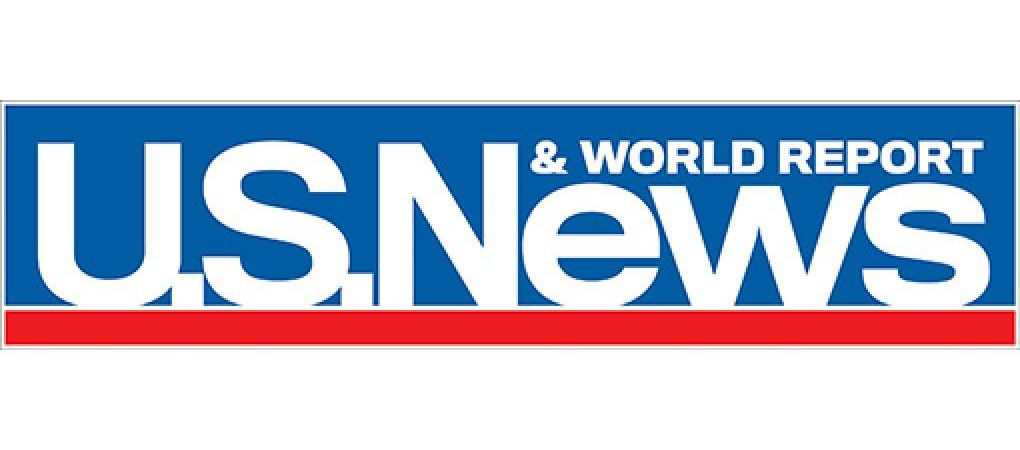THEY have the largest economies in the world. They spend more than anyone else on their militaries. From high-tech chips to control of the high seas, their interests are closely intertwined.
The ongoing sharp deterioration in U.S.-China ties poses risks to both countries and the rest of the world. In the latest escalation, a U.S. consulate in Chengdu in southwestern China shuttered Monday, ordered by China to close in retaliation for the U.S. shutting down its consulate in Houston last week.
With the U.S. presidential campaign heating up, all bets are that relations with China will only get worse. A look at what’s at stake:
TRADE
Both countries already have suffered heavy losses in a tariff war that erupted in 2018 over Beijing’s technology ambitions and trade surplus. If talks on ending the dispute fail, the world could face downward pressure on trade at a time when the global economy is already reeling from the coronavirus pandemic.
The United States is China’s biggest single-country export market, even after President Donald Trump imposed punitive tariffs on Chinese goods. And China is the No. 3 market for American exporters, as well as a huge market for goods and services produced in China by U.S. companies ranging from General Motors Co. to Burger King.
Chinese purchases of American farm goods, semiconductors, and other goods declined 11.4% last year but still exceeded $100 billion. Exports to China support just under 1 million American jobs, according to the U.S.-China Business Council, though that was down 10% from 2017’s peak.
China is the biggest export market for Iowa and other American farm states, which were slammed when Beijing suspended imports of soybeans and raised tariffs on pork and other goods.
That briefly boosted sales for soybean exporters in Brazil and Argentina, though China resumed buying lower-priced American beans under the “Phase 1” trade truce signed in January.
But if the two can’t resolve broader differences on trade, it will be a blow not only to their exporters but also to other Asian economies that supply China’s factories with raw materials and components.
To view the original article, please click here

